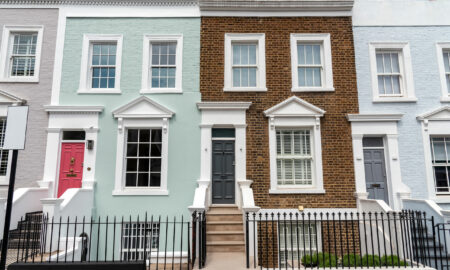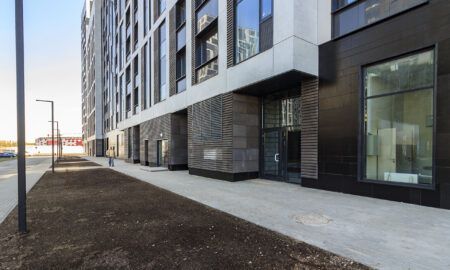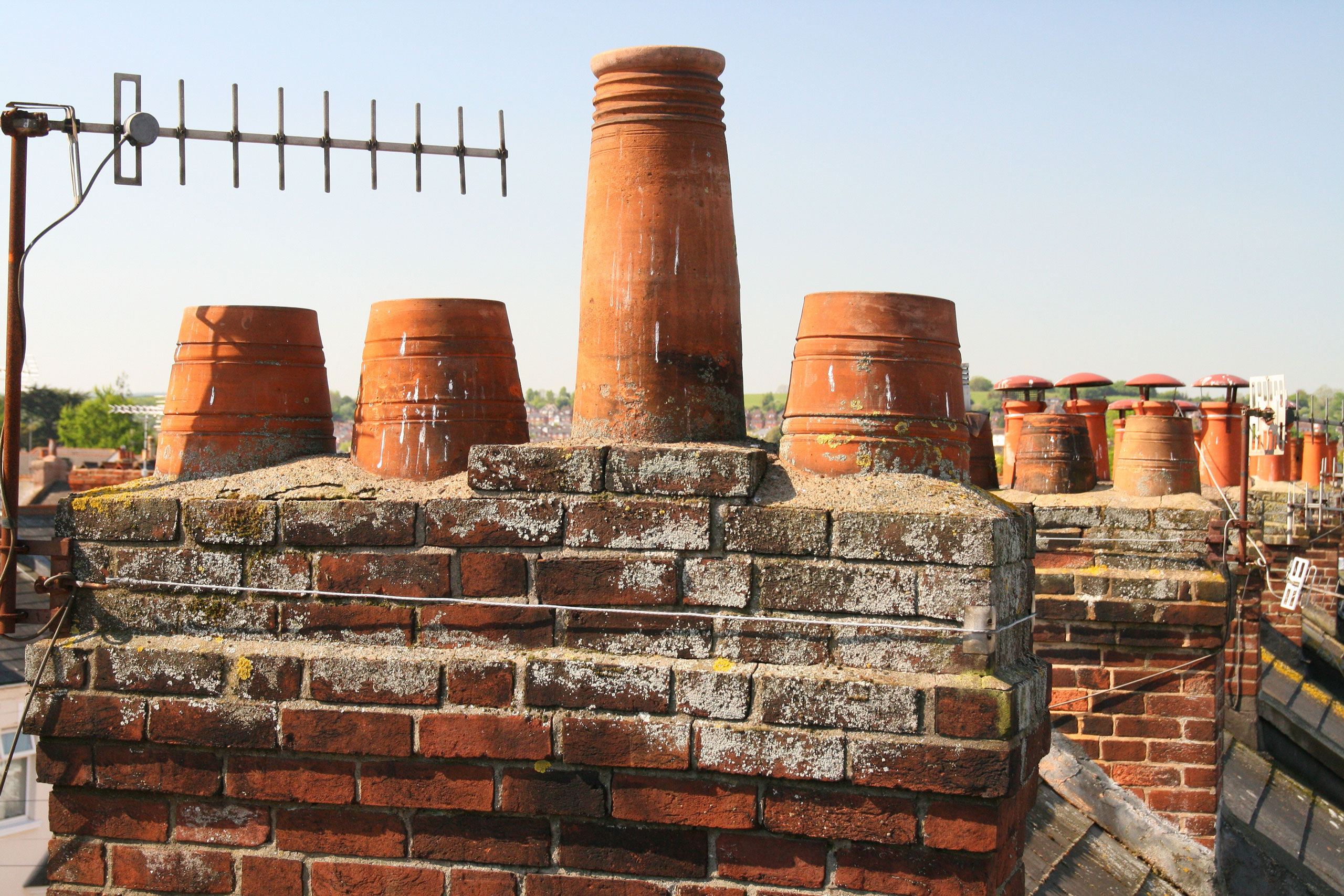The Construction (Design and Management) Regulations 2015 or simply, CDM 2015, are in place to ensure that construction projects are carried out safely, and that buildings are safe to occupy and maintain following completion.
Everyone involved in a construction project has a responsibility to ensure that all work is planned and carried out with appropriate consideration for health and safety. CDM 2015 places duties on clients, contractors and other key parties in delivering construction projects both large and small.
At Jarman Ward, we are experienced at successfully delivering residential, educational, commercial and healthcare projects while assisting clients, designers and contractors in fulfilling their obligations under CDM 2015.
When does CDM apply?
The CDM regulations apply to all construction projects regardless of their size or duration. The definition of construction is broad and includes activities such as refurbishments, demolition and maintenance.
What does CDM 2015 mean for me as a client?
The decisions you make as a client can have a profound impact on the health, safety and wellbeing of people both during and after the construction phase. Because of this, CDM 2015 places certain duties on you to ensure that all work is carried out in a way that manages health and safety risks. Your obligations include to:
- Make suitable arrangements for project management, and ensure sufficient time and resources are allocated to the project.
- Put together pre-construction information as early in the process as possible and ensure it is distributed to your appointed, or prospective, designer and contractor.
- Ensure that the appointed contractor draws up a construction phase plan. If there are several contractors, this should be drawn up by the principal contractor.
- To appoint, in writing, a principal designer and principal contractor if there is more than one contractor on site. Failure to appoint a principal designer and principal contractor will result in the client being obliged to fulfil these duties by default.
- Ensure that appropriate welfare facilities are available to workers on site including toilets, drinking water and rest areas are available for construction workers.
- Ensure, where applicable, that the project is notified to the appropriate regulator.
How about domestic clients?
If you are domestic client who is carrying out work that is not connected to a business, your responsibilities are limited. You still need to ensure that you appoint a principal designer and principal contractor when there is more than one contractor. If you do not do this, these responsibilities will be transferred to your contractor.
What is a principal designer?
The principal designer role is to coordinate health and safety information before construction starts. Clients must appoint a principal designer when there is more than one contractor, and the appointed individual or organisation must have the knowledge and experience to carry out the principal designer role. The duties of a principal designer include:
- Ensure that the work is carried out without risk to health or safety, so far is as reasonably practical.
- Identify and reduce or eliminate foreseeable health and safety risks to people during construction, maintenance, and occupation.
- Ensure all designers are fulfilling their duties.
- Ensure cooperation between the client and contractors.
- Assist the client in producing the pre-construction information and ensure it is provided to all appointed, or prospective, designers and contractors.
- Work with the contractor during the construction phase to coordinate health and safety information.
- Prepare the health and safety file.
- Ensure the client has an understanding of their CDM 2015 duties.
I’ve only appointed one contractor; do I still need a principal designer and principal contractor?
All but the smallest of projects are likely to involve more than one contractor. If your appointed contractor hires subcontractors or trade contractors, then more than your project has more than one contractor. You will therefore need to appoint in writing a principal designer and principal contractor.
Who should I appoint as principal designer?
You should appoint a competent organisation or individual with the necessary health and safety skills, knowledge and experience to carry out the work. Your principal designer should also have a thorough knowledge of the construction industry relevant to your project.
Who should I appoint as principal contractor?
You should appoint a competent organisation or individual with the necessary health and safety skills, knowledge and experience to carry out the work.
What is included in the pre-construction information?
Pre-construction information is defined by CDM 2015 as ‘information in the client’s possession or which is reasonably obtainable by or on behalf of the client, which is relevant to the construction work and is of an appropriate level of detail and proportionate to the risks involve’. The information should be compiled and put together early in the planning stages of the project before designers and contractors are appointed. The appointed principal designer will assist you in gathering the information required.
What does it mean when a project is “notifiable”?
While CDM 2015 applies to all construction projects, only those over a certain size are notifiable. When the work is likely to last longer than 30 working days and have more than 20 workers working on the project at any point; or when the project will exceed 500 person days, the client must inform the Health and Safety Executive (HSE) using form F10. Your principal designer can notify the HSE on your behalf.
Services Provided

Residential Building Surveys
Knowledge, Expertise, Report

Party Wall Surveyor
Protect, Comply, Construct

Condition Improvement Fund (CIF)
Knowledge, Expertise, Delivered
Get in touch with us
If you would like to talk to an experienced professional, no matter how big or small your requirement, please call us for a no obligation discussion and initial visit to review your requirements.




